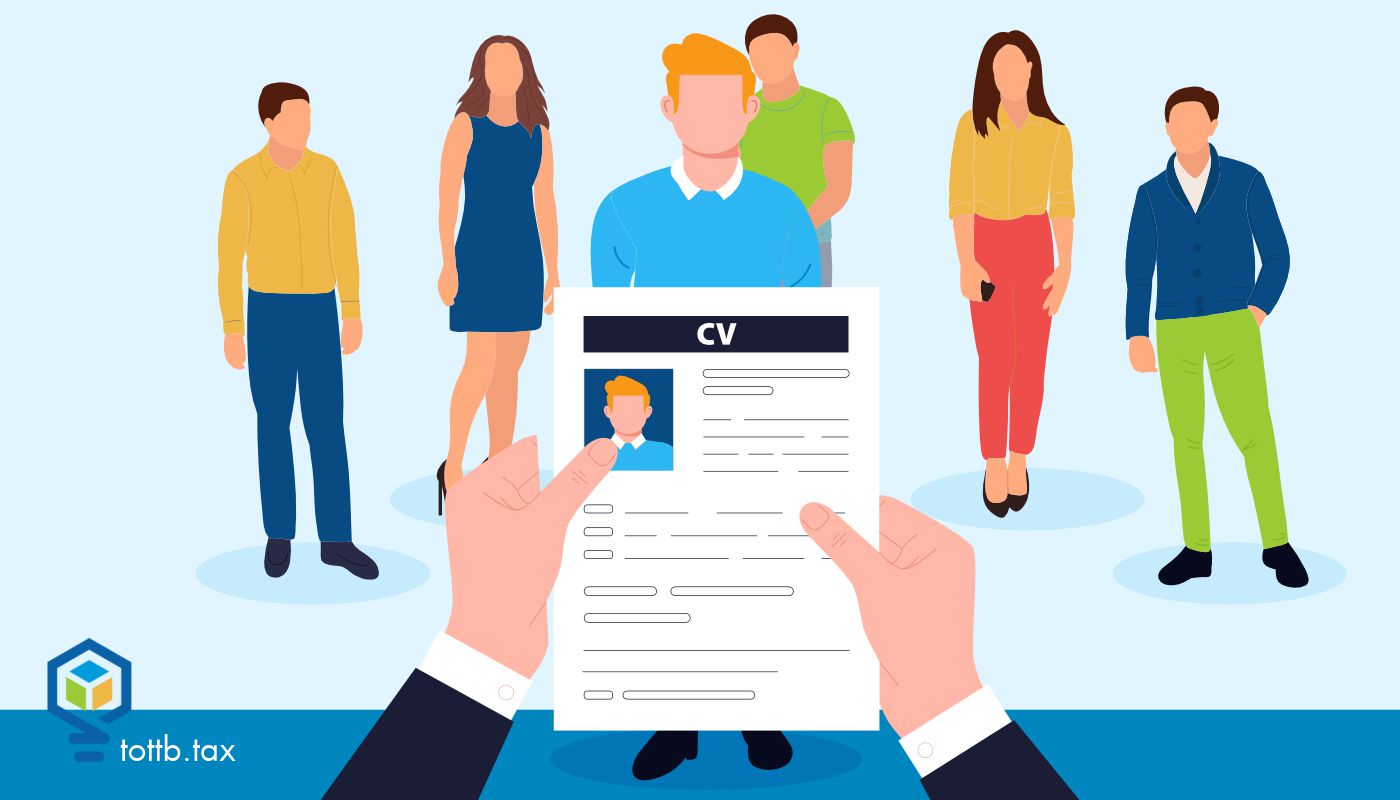As 2020 winds to a close, we have seen many beneficial programs provided by the Coronavirus Aid, Relief, and Economic Security Act (CARES Act) and the Families First Coronavirus Response Act (FFCRA). While most media coverage has focused on loans to employers such as PPP and EIDL, it is important to remember some of the lesser covered programs also included in the tax relief programs. In fact, eligible businesses may qualify to get cash back in some instances.
The employee retention credit (ERC) under the CARES Act offers a refundable payroll tax credit for certain wages and health plan expenses paid by businesses during the economic hardship. However, many business owners have uncertainty as to how to qualify when they have also received a PPP loan.
The paid sick leave and paid family medical leave credits also offer a refundable tax credit for qualifying wages and Medicare tax and health plan expenses.
These refundable tax credits are stackable for maximum benefit when used correctly. Read on to discover how to qualify.

2025 Winter Education Series Event Calendar
Think Outside the Tax Box proudly presents the 2025 Winter Education Series! This October through December, we are bringing our loyal subscribers five webinars featuring some of the brightest minds in tax. Each high quality webinar is filled with engaging content, actionable insights for your clients, and they all come with continuing education credits for those who qualify. All of this is included in your regular subscription! Check out what we’ve got in store for you!






